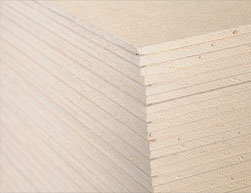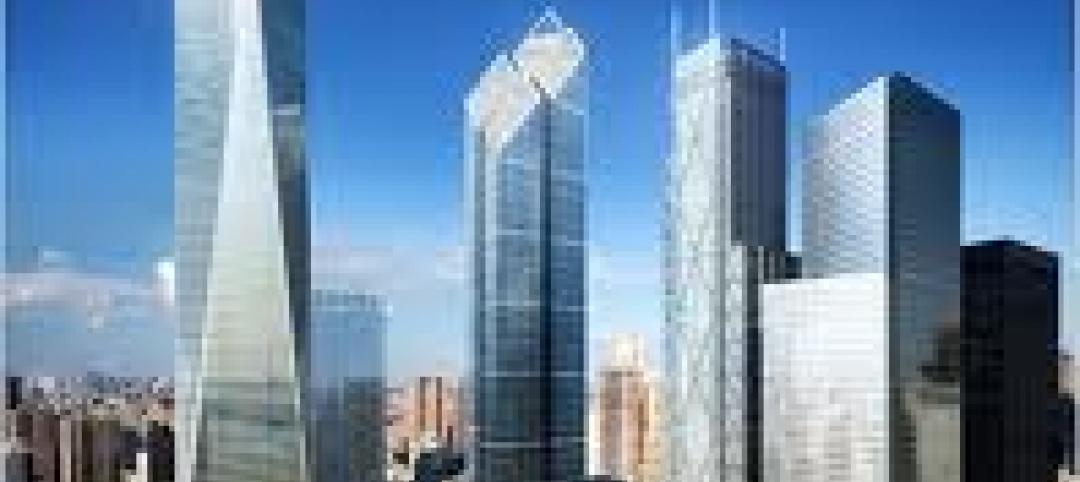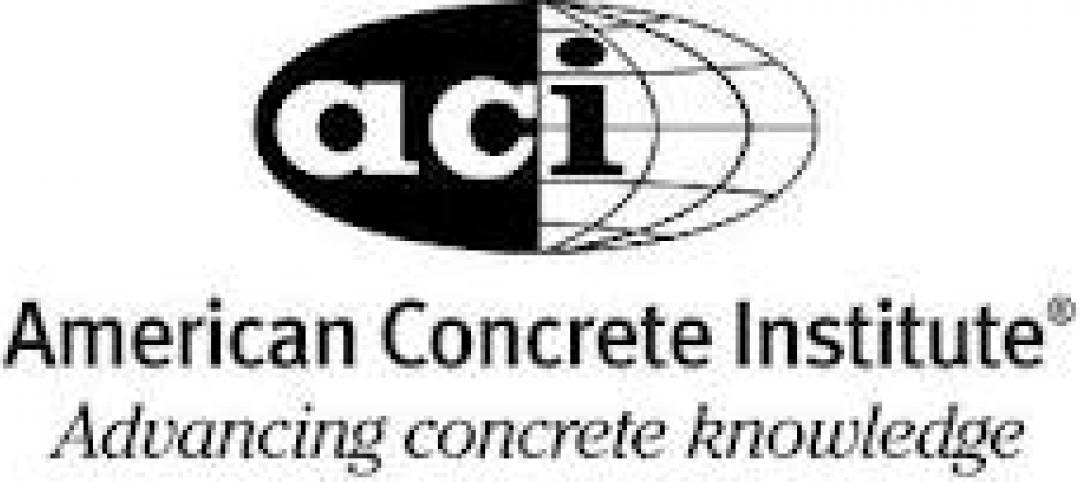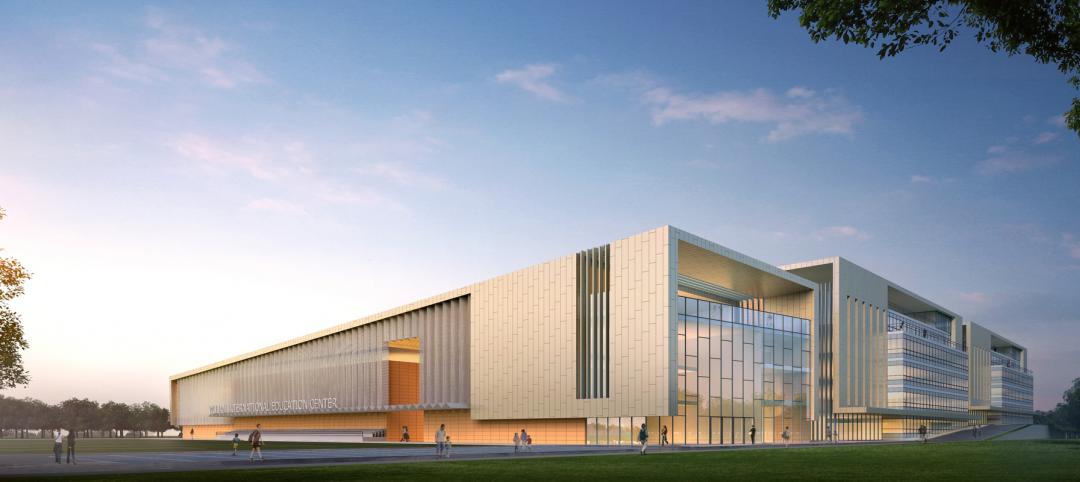2012 has ushered in a new era of building code changes, with the enhancements focused primarily on higher levels of energy efficiency. Their impact on the construction industry as a whole and the roofing industry are quite significant. Perhaps the most noteworthy are those prescribed in the 2012 International Energy Conservation Code (IECC), which calls for buildings to achieve a 30% increase in energy efficiencies over the 2006 IECC. This sixth edition of the code illustrates the growing importance of ensuring that all buildings are achieving high levels of energy efficiency in congruence with model building codes such as the IBC (International Building Code.)
According to the International Code Council (ICC), this comprehensive set of changes includes measures to improve the building envelope, HVAC systems and electrical systems of residential buildings up to three stories in height. Commercial building enhancements include required energy efficiency for windows, doors, skylights and the building envelope; and increased efficiencies for installed HVAC equipment, among others.
The new International Green Construction Code (IgCC), is an overlay code set to be published in the Spring of 2012. The IgCC is the first green building code developed in the ICC code development process. The IgCC is designed to reduce the negative impacts of the built environment on the natural environment. It was created by a broad-based committee with experts in such areas as government, business, academia, code development/enforcement, engineering and environmental advocacy.
The IgCC will go beyond traditional life/safety model codes and simulate some voluntary program requirements for commercial buildings to provide both safe and sustainable buildings. Thus, it will be used to incorporate sustainable practices within existing building codes at the state and/or jurisdictional level.
Of interest to the roofing industry are a number of provisions in the energy code. The IECC calls for the increase of insulation for low-slope roofs with above-deck insulation. This is important as insulation plays an important role in reducing a building’s energy use. The code’s prescriptive R-value and U-value requirements for above deck insulation by climate zone are simple and straightforward. (R-value is the measure of thermal resistance used in the building; U-value is measure of the rate of non-solar heat loss or gain (flow) through a material or assembly.)
The 2012 IECC code language also details solar reflectance and thermal emittance requirements and options for low sloped roofs in southern climate zones in addition to the minimum thermal resistance (in both R-value and U-value) of the insulating material required in roof assemblies.
Also making news later this year is the anticipated release of LEED 2012, the next version of the LEED rating systems. The 2012 version is still in draft, but indications are it will favor a more holistic and life cycle approach for products installed in LEED certified buildings and assemblies; and will reward transparency for sustainable manufacturing, socially responsible raw materials sourcing, and use of products with low VOC (volatile organic compounds) emissions.
While a detailed review of LEED 2012, IECC and IgCC are beyond the scope of this article, these new or revised codes and programs reveal the shift towards increased energy efficiency and environmental awareness not seen in previous versions of code. These objectives reinforce the overall importance of high-performance roofing systems as part of the building envelope. Now more than ever, a well-insulated and well protected roof is critical in new or renovated commercial buildings.
Beyond the pragmatic need to maximize energy efficiencies, code and program language is defining a roof’s emerging new role. Commercial roofs have become multi-use platforms that house a myriad of renewable energy systems and environmental features, such as photovoltaic (PV) and vegetative roofs.
These emerging assemblies, while enhancing the environmental and energy performance of a building, have added considerably to the foot traffic of the modern commercial roof. By definition, the very function of a roof is to protect the building and its contents. When additional equipment, PV panels or vegetation are installed and need to be maintained, it means more frequent foot traffic overall. These types of roof assemblies will bear a more taxing load that could stress the roofing systems beyond their normal capabilities. Add to that the economic risk that leaks, cracks and other damages could impart, and the value and importance of sustainable, durable and high-performing roofs grows exponentially.
As the new and revised codes prescribe, roofing systems are more complex and require more protective measures to increase its durability. The right premium cover board will help maintain the strength, durability and energy performance of a roofing system, allowing it to perform better, last longer, protect the building owner’s investment and support the tenants’ daily needs. Cover boards just take on added importance, given the added costs and complexity of the systems they protect and the potential consequences of a failure.
While a number of roof cover board materials are available to contractors, fiberglass-mat gypsum roofing boards, such as DensDeck Roof Boards for example, have proven to be effective. For more than 25 years, DensDeck panels have been shown to withstand delamination, deterioration, warping, and job site damage better than paper-faced gypsum board or other conventional roofing products, such as wood fiberboard and perlite.
Whatever roofing system you choose, be certain to select a durable cover board to protect the insulation needed for energy code and building program roof assembly R-values. While the prescriptive R-values vary by climate zone, every code or program requires some level of continuous insulation above the deck. The greater the insulation, the more roof protection makes sense. BD+C
Related Stories
| Feb 24, 2012
Pottorff elevated to principal at Ricci Greene Associates
Pottorff is recognized in the justice field as an expert solely dedicated to the design and planning of courts and urban jails in both the U.S. and Canada.
| Feb 24, 2012
Skanska hires Tingle as senior VP and national director for its Sports Center of Excellence
Tingle has worked in the architecture and construction industries for more than 30 years, and for the last 23 years, he has focused primarily on large-scale sports construction projects
| Feb 23, 2012
Federal budget cuts put major building projects on hold
A plan to build the National Bio and Agro-Defense Facility in Kansas is among several major building projects in jeopardy after the Obama administration’s 2013 budget was unveiled. The budget would cut all construction spending for the facility.
| Feb 23, 2012
Regulators investigating construction accident at World Trade Center
The New York Port Authority and the city’s fire and building departments are investigating an accident at the World Trade Center construction site in lower Manhattan after a crane dropped steel beams that fell about 40 stories onto the truck that delivered them.
| Feb 22, 2012
ACI BIM manual for cast-in-place concrete in development
The improved communication, coordination, and collaboration afforded by BIM implementation have already been shown to save time and money in projects.
| Feb 22, 2012
Siemens earns LEED certification for Maryland office
The Beltsville facility, which also earned the ENERGY STAR Label for energy performance, implemented a range of energy efficiency, water conservation and sustainable operations measures as part of the certification process.
| Feb 22, 2012
CISCO recognizes Gilbane for quality construction, design, and safety
The project employed more than 2,000 tradespeople for a total of 2.1 million hours worked – all without a single lost-time accident.
| Feb 22, 2012
Perkins Eastman expands portfolio in China and Vietnam
Recent awards, project progress signal ongoing commitment to region.
| Feb 22, 2012
Suffolk awarded Boston post office renovation project
Renovation of art deco landmark will add 21,000 square feet of retail and 110 new parking spaces.

















